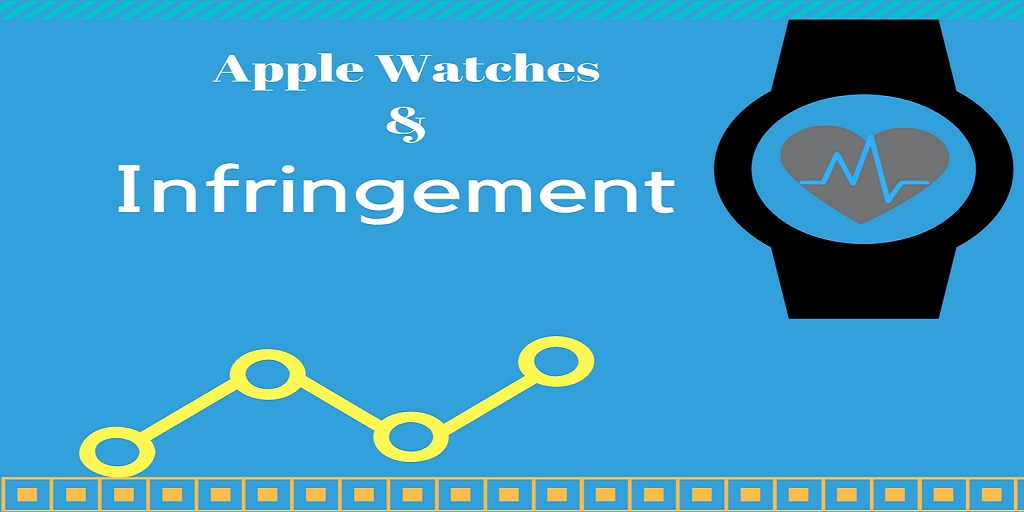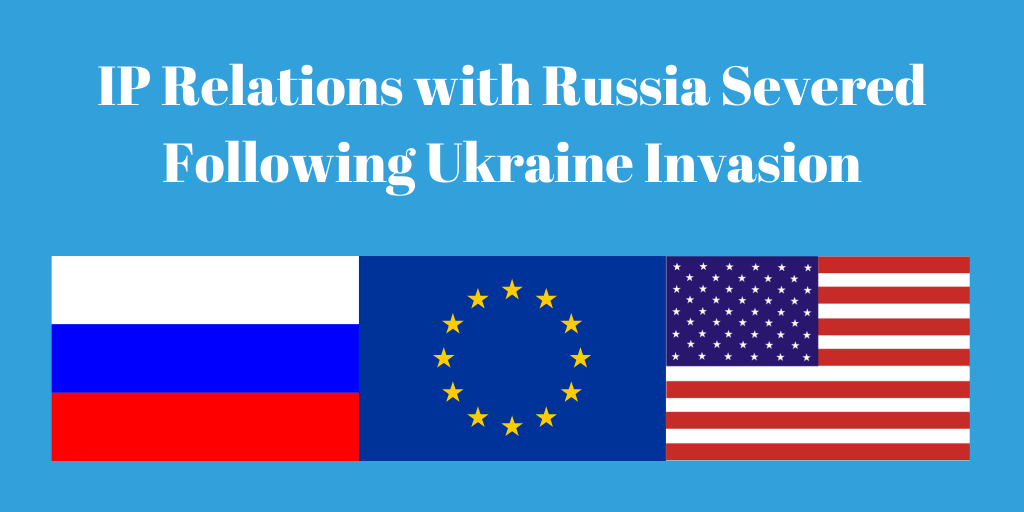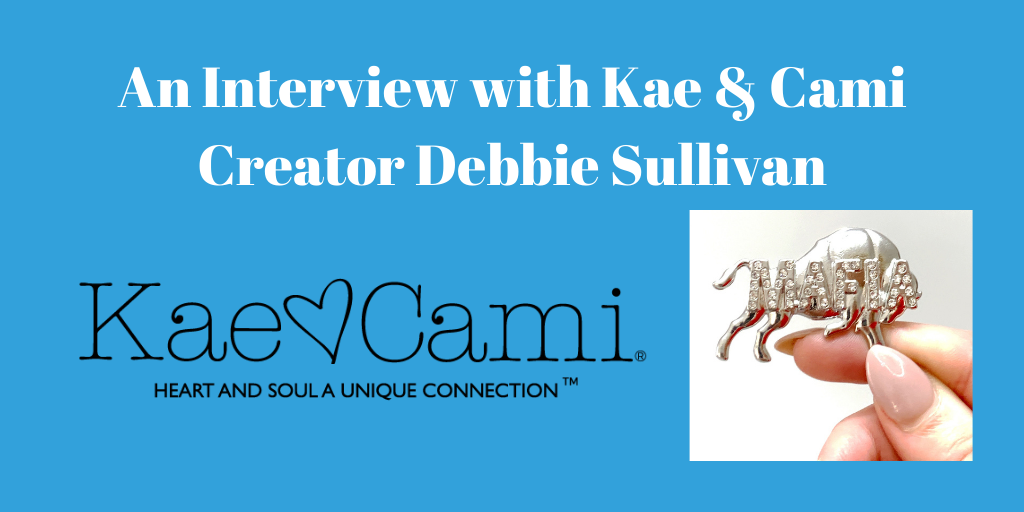Apple Watches and Infringement
The Apple Watch function that gave rise to a lawsuit.
Every year, Apple, Inc. (or Apple) unveils a new and innovative product that consumers go crazy over. Whether it’s the latest version of the iPhone or Macbook, there’s always another improved Apple product to buy. With each new product, Apple adds a new feature or function that makes their products more appealing. One such feature is the heart rate monitor on the Apple Watch. This feature lets a person monitor their heart rate at any given place and any given time. It’s a convenient feature that’ll help with health and fitness. However, Omni MedSci., Inc (“Omni Inc.”) has filed a patent infringement lawsuit against Apple for using the heart rate monitors in their products such as the Apple Watch.
The lawsuit, the complaint, and the parties.
Omni Inc. is a Michigan based corporation that brought the lawsuit against Apple. At the heart of the complaint are allegations that Apple infringed on various patents that Omni Inc. owns. The patents involved in the lawsuit include U.S. patent no. 9,651,533 (“533 patent”), U.S. patent no. 9,757,040 (“040 patent”), U.S. patent no. 9,861,286 (“286 patent”), and U.S. patent no. 9,885,698 (“698 patent”). Specifically, Apple allegedly infringed one or more of the patents owned by Omni Inc. by using patented technology in their “Series 1, Series 2, Series 3 GPS, and Series 3 Cellular watches.” Moreover, Omni alleges the use of a patented wireless system, a modulated LED system, reduction of signal to noise ratio of the optical light beam, and various other technologies incorporated into the Apple watch has amounted to patent infringement.
To read the entire complaint, click here.
So what is patent infringement?
Patent infringement occurs when a party makes, use, sells, offers for sale, or imports into the United States the invention covered by the patent. However, there are various forms of patent infringement. One form of patent infringement is direct or literal patent infringement, where an unauthorized party makes, uses, or sells a device or thing that has all the elements claimed within a patent. Generally, however, there is no infringement if the accused invention is missing one or more of the elements. It was recognized that parties can avoid direct infringement by making an immaterial change in the accused device so it would technically lack one of the elements contained in a patented invention. In response, the doctrine of equivalence was created. In simplified terms, patent infringement can be found under the doctrine of equivalence if the alleged invention is considered an equivalent of the patented invention. Thus, in this context, direct infringement allegations would state that the Apple Watch has incorporated every element of Omni, Inc.’s patented invention. Whereas infringement under the doctrine of equivalence would state that the Apple Watch contains technology that would be the equivalent of Omni Inc.’s patented invention.
What are some defenses to patent infringement?
What can a party do when there are allegations of patent infringement? Well, there are several defenses a party can raise. A few defenses will be listed and described below just to give an idea what parties can do during a patent infringement lawsuit.
Patent invalidity/The patent is invalid.
One common defense that can be raised during a patent infringement lawsuit would be that the patent at issue is invalid. If the patent is invalid, then it is no longer enforceable and trial can possibly be avoided. There are various grounds to attack the patent’s validity, such as novelty or non-obviousness grounds. Thus, if Omni, Inc.’s patents were not valid, they would not be able to proceed with their lawsuit against Apple.
There is no infringement or non-infringement.
Another defense against patent infringement would be that the accused device does not actually infringe upon the patent (“non-infringement”). Non-infringement can be asserted on the basis that the accused device does not have all the elements of the claim covered by the patent or is not considered an equivalent of the patented invention. If Apple raises a non-infringement defense, that would imply that the Apple Watch does not contain all the elements of Omni Inc’s patented inventions or would not be considered an equivalent. Invalidity and non-infringement are just two of many defenses a party can assert. In addition to defenses, parties can also opt for an administrative proceeding called inter partes review (or IPR).
IPR
As mentioned earlier, IPR is an administrative proceeding. This is a proceeding where the Patent Trial and Appeal Board reviews the validity of the patent on the basis of either novelty or non-obviousness. But why would a party use IPR when they can go to court? Well for starters, patent litigation is extremely expensive and can cost the parties millions upon millions of dollars. Not only is it costly, patent litigation is time consuming and can drag on for years. Rather than take the case all the way to trial, parties can instead use IPR to review the validity of the patent. This process, although still costly, is still much cheaper and faster than litigating the validity of the patent in court. Additionally, it’s a useful tool for big companies like Apple, who constantly deals with patent infringement suits.
Possible outcomes of the case.
Although the lawsuit is in its early stages, there are various outcomes that could potentially occur. One would be that both parties come to an agreement and settle, which may avoid litigation all together. Another would be that Apple opts for IPR to review the validity of Omni Inc.’s patents. However, whatever the outcome, interesting things are sure to come.
What are your thoughts on the patent suit against Apple? Leave a comment below and let us know what you think!
Want more patent related stuff? Here’s a video!
Get Started Today!
Does this article interest you? Subscribe to the LoTempio Law email newsletter to receive posts and updates just like this conveniently in your email box!
If you’ve enjoyed this blog post, we have lots more where this came from, including an Inventors Guide Video Series where we help you turn your good idea into a profitable invention, and tons of other great content. Simply enter your email address and hit sign up and you’ll get everything, including blog posts like these, conveniently in your email box!
Have any questions? Give us a call at 1-800-866-0039. Consultations are FREE.
Disclaimer: This article is not intended to be legal advice and is meant to be for educational or entertainment purposes only. Please do not use the article or contents of the article without permission. For legal advice and questions, please contact registered Patent Attorney Vincent LoTempio.





